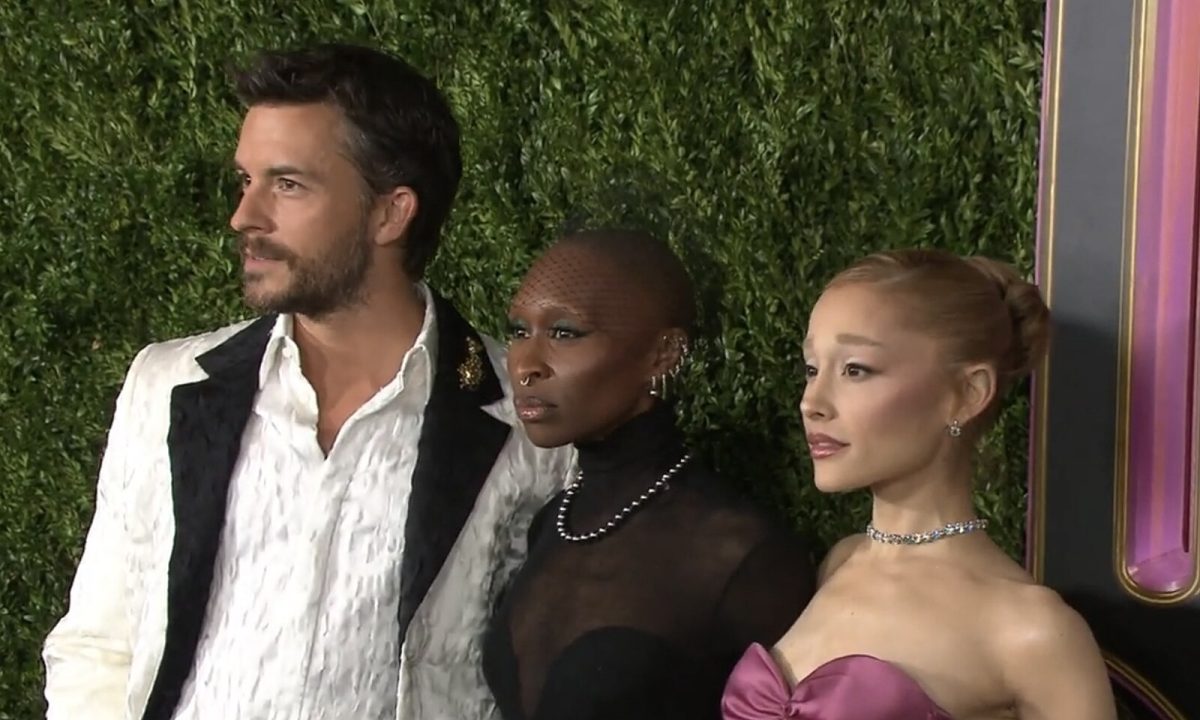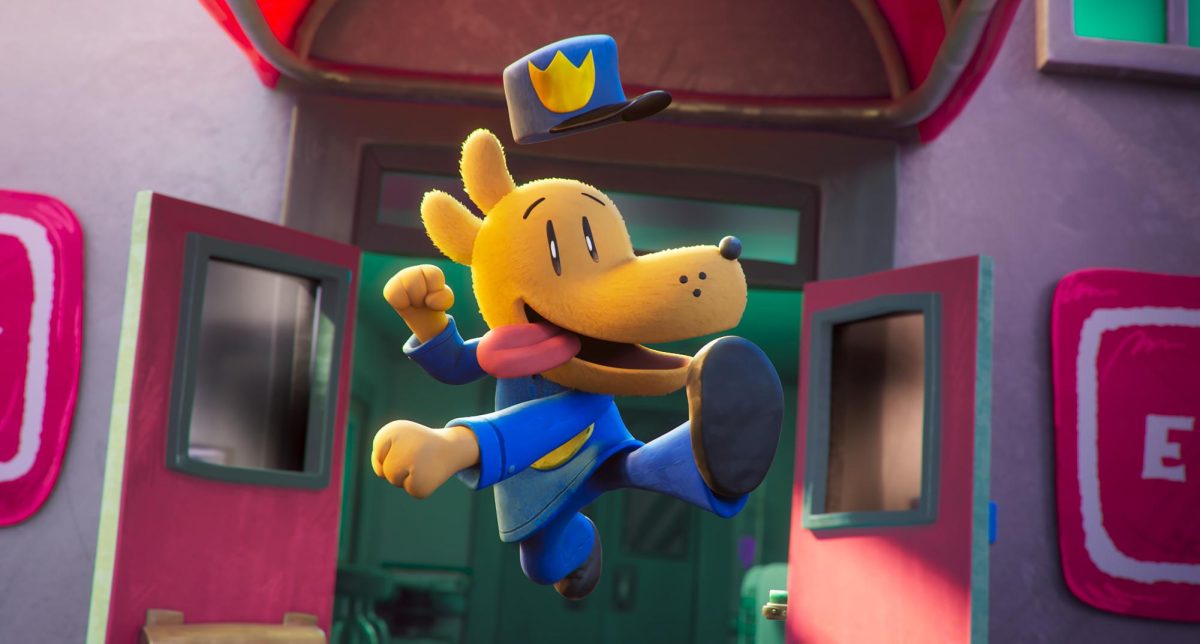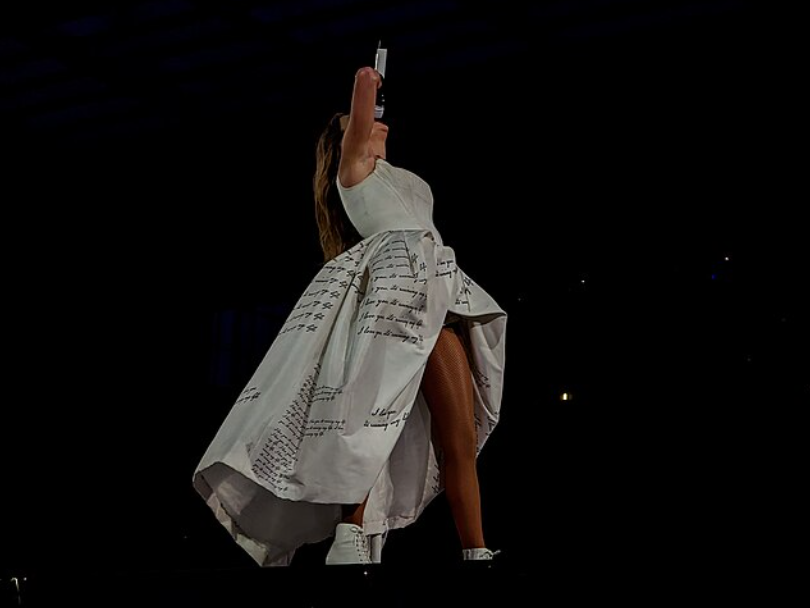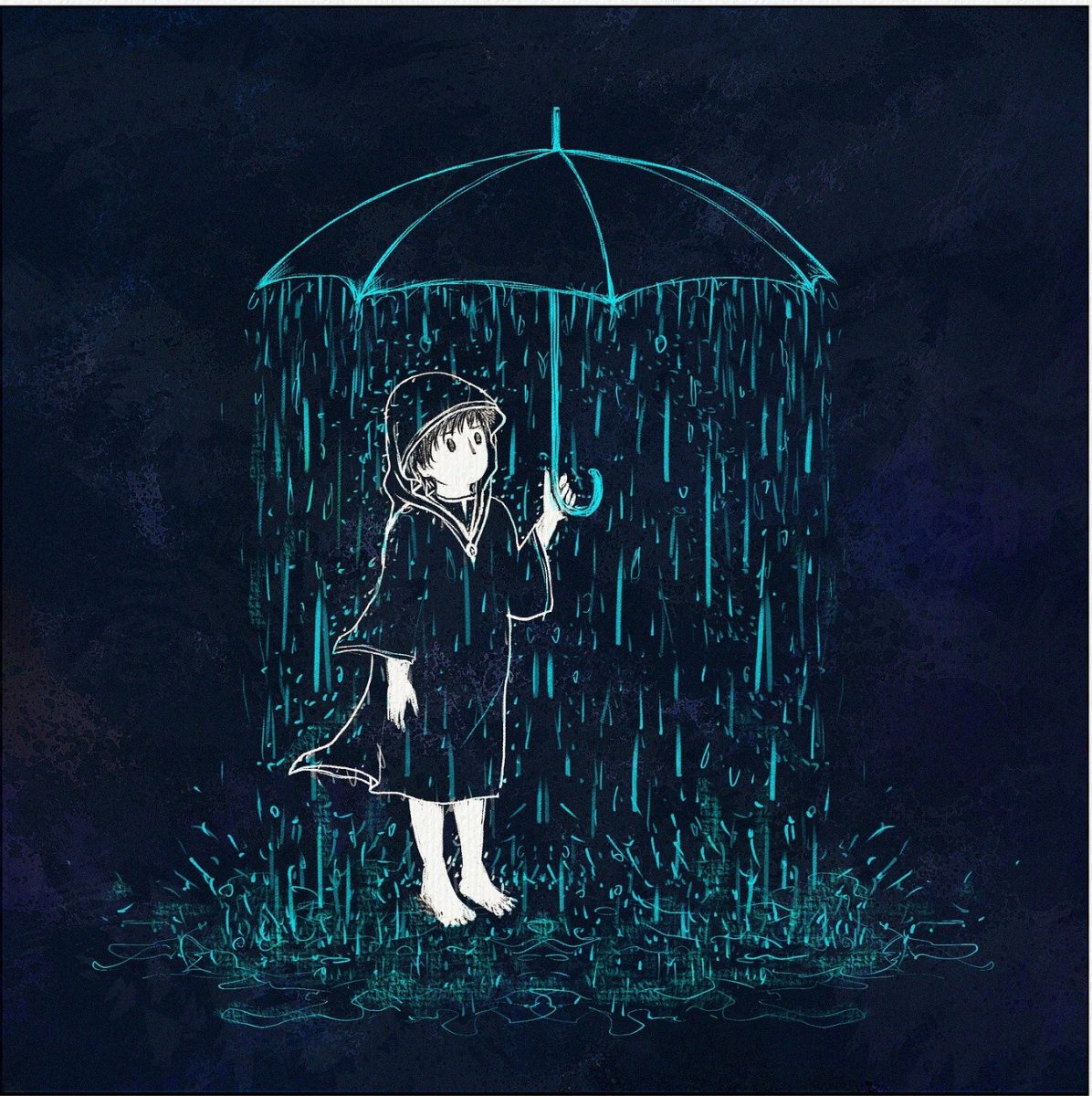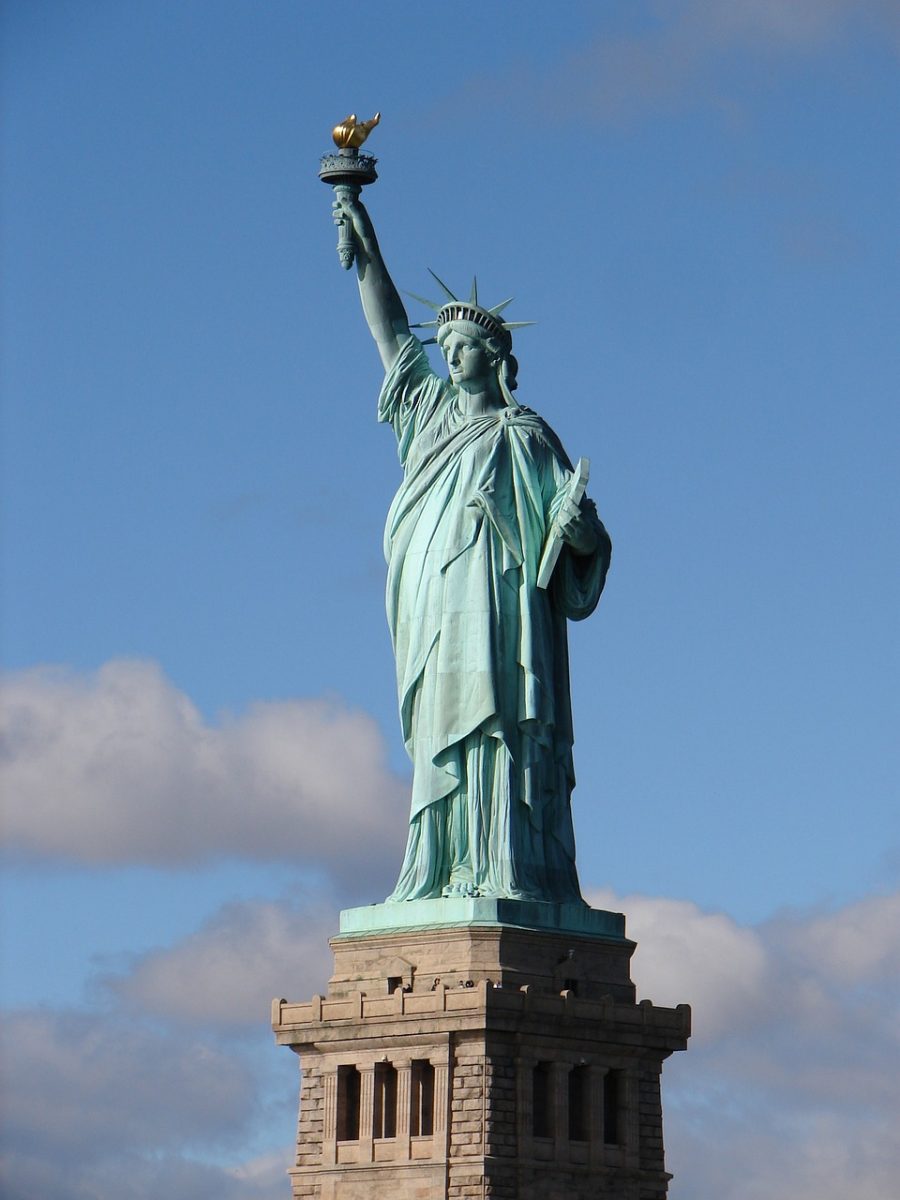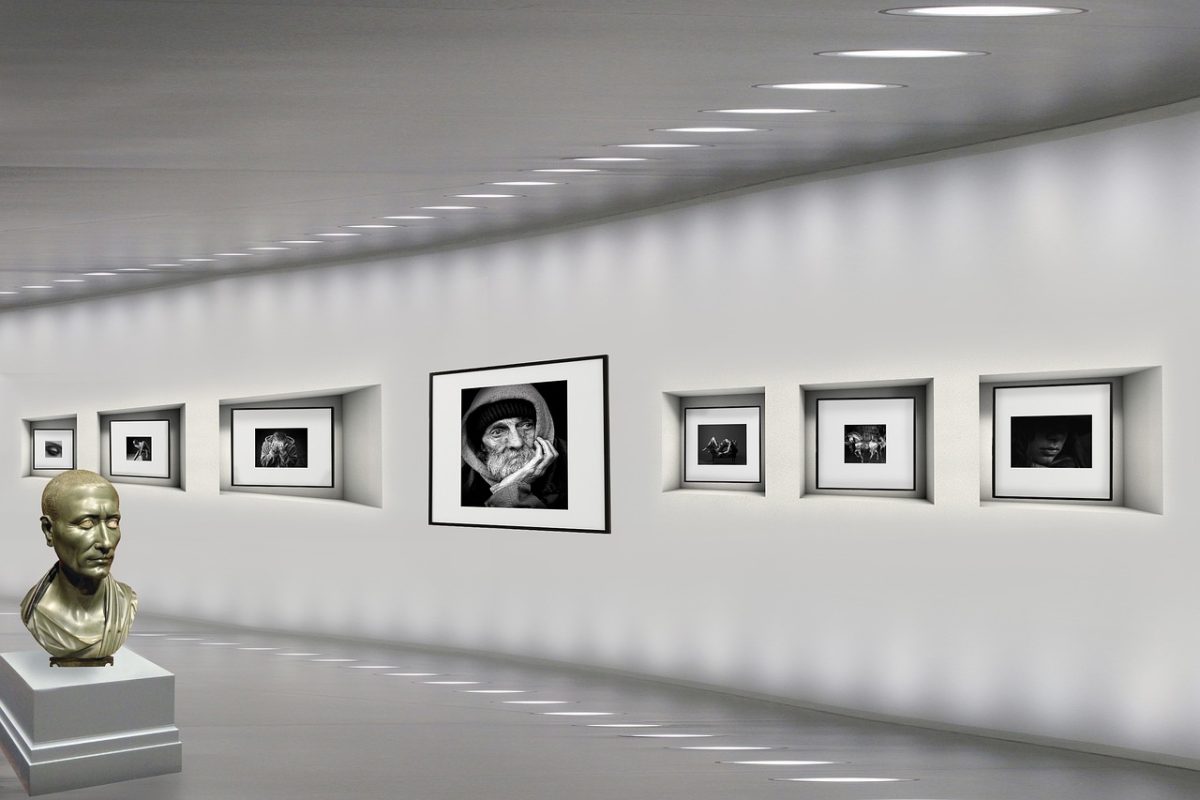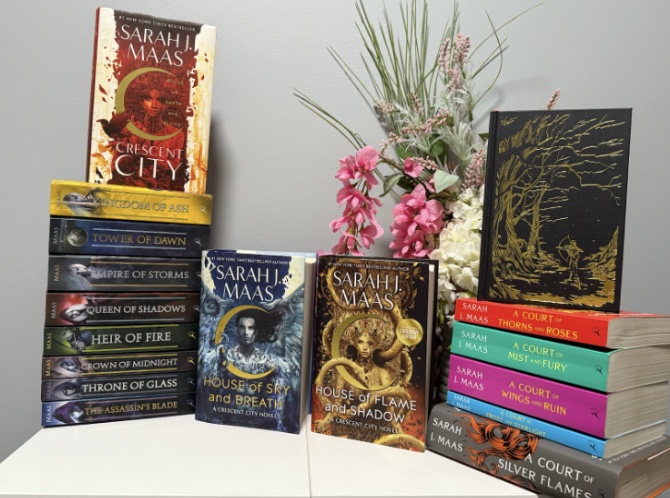Stepsister is an astonishing antagonist’s redemption
November 3, 2022
In the classic story of Cinderella, Cinderella’s stepmother and stepsisters are depicted as horrible people. What happens to them in the second part of the story, though? Jennifer Donnelley’s Stepsister takes place after Cinderella is taken away by her prince and crowned queen. The other side of the story – Cinderella’s step-family after their downfall – is revealed in this book. Given their reputation as “the ugly stepsisters,” Donnelly illustrates the harsh judgment society imposes on Cinderella’s step-family as they struggle with self-worth, looks, and the repercussions of their choices. Throughout the novel, the readers follow Isabelle, one of the step-sisters, as she receives guidance from the same fairy who assisted Cinderella, in a battle between Fate and Chance.
Stepsister begins with the three Fates (classic figures from Greek mythology) writing the destiny of an unnamed person, when Chance, the personification of human luck and risks, steals the map of Isabelle de la Paumé’s destiny. The focus then shifts to the home of Isabelle and her family. Cinderella gets her happy ending, but her stepsisters, Isabelle and Octavia, and her stepmother are forced into the light of scorn. With the struggle to put food on the table, the constant judgment, and being explicitly known for their “ugliness,” their lives prove to be difficult. However, Isabelle is visited by a fairy queen, who orders Isabelle to collect the three pieces of her heart in order to receive her assistance. Throughout the book, Isabelle avoids her own so-called “destined” death, as written by Fate, much to Chance’s delight.
As the book progresses, Isabelle overcomes numerous hardships, learning when to compromise and when to stand her ground with decisions. This demonstrates an almost tactical thinking process to ensure survival, relating to modern-day logical planning. Isabelle’s sister, Octavia, constantly risks their living situation with her selfish interests, and her mother isn’t much help either. So, Isabelle is forced to look after all three people and maintain their safety, all while searching for the three pieces of her heart.
Determined to earn the fairy queen’s help, Isabelle sets her mind to finding the first piece of her heart, or rather it finds her: A friend, love interest even, from her childhood that broke her heart multiple times trying to protect her. The second piece of her heart, her horse, Nero, comes to her with equal abruptness. Sold to a slaughterhouse by her mother to afford their previous home, the loss of her steed was in vain, for Isabelle’s home ended up being burnt down. In true Cinderella story fashion, Isabelle is brought two pieces of jewelry by the mice in her family’s former home, and uses it to save her horse, as well as two other abandoned horses in the back of the slaughterhouse. The last piece of her heart was the most shocking of all: her relationship with her stepsister, Cinderella. In a burst of heroism, Isabelle rescues her stepsister from enemy troops using a gift from the queen of fairies to make their escape.
Despite finding all three pieces of her heart, Isabelle’s initial wish has not been fulfilled. She wanted to become beautiful and yet her reflection remained the same. What she doesn’t realize yet is that beauty is not only based on physical appearances. Isabelle finds her own courage, determination, and confidence, and goes on to lead troops to win the war that had been taking place in her country. She is given the title of grand duchess and finds her own beauty within. In the end, one can assume that the fairy did help her like she helped Cinderella, but instead of fulfilling Isabelle’s wishes, she showed Isabelle that she could shape her own destiny.
KaThe novel Stepsister is well written in consideration of multiple factors. It shows many people that there are multiple perspectives to everything and how many things could remain biased if explanations are not provided. The way the reader is brought alongside Isabelle’s journey through thick and thin truly connects them to the story. Additionally, Donnelly cleverly slips in bits of adult humor that younger readers may not understand, but could make the book more enjoyable to older audiences. How Donnelley has written Isabelle’s character reminds young women that they can write their own stories. They can choose to act to get what they want and what they should or shouldn’t do in order to get it. The author shows the reader that you can achieve so much for yourself and others if you put your heart and mind into it. Overall, Stepsister is a fantastic novel and is highly recommended to all audiences.



